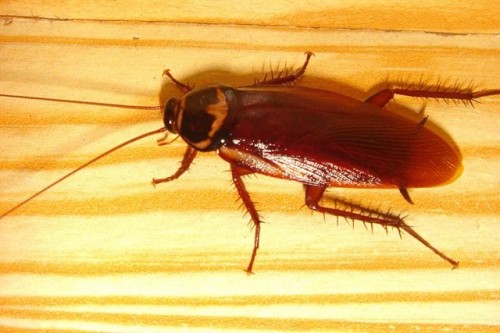The cockroaches' ability to continue running in "crushing" conditions is made possible by readjusting their limbs in the opposite direction while they survive a great force, 900 times their body weight, without injury. Inspired by these features, researchers from the University of Berkeley developed a squishable robot

By: Dafna Haim-Langford
Entomologists in the world will tell all those of little faith, and those who are now making a frightened or disgusted face (...), that these creatures are in the world and have not changed much for over 250 million years. The cockroaches are from the cockroach series and there are about 3,500 different species of them on earth. As omnivores (biting and chewing), cockroaches have adapted to the human environment, and accordingly their wide distribution.
Apart from the fact that they exist almost everywhere, it is known that they are able to survive for about a week without food. Another interesting feature that contributed to the cockroach's high survivability is its ability to detect a threat and run away at a speed that can reach, in the case of the American cockroach, about 5.4 km/h (equivalent to a human run of 330 km/h in the measurement of body distances). The cockroach will continue to run until it receives a signal from the environment that it is in dark conditions.
One of the features that aroused great curiosity among zoologists from the University of Berkeley is the cockroaches' ability to squeeze into tiny crevices while moving quickly and continue their movement when they are "squished" to half their height. According to the researchers, this feature can be of utmost importance in robots designed for rescue operations in disaster areas.
The cockroaches' ability to continue running in "crushing" conditions is made possible by readjusting their limbs in the opposite direction while they survive a great force, 900 times their body weight, without injury.
Inspired by these features, researchers from the University of Berkeley developed a squishable robot. When squashing, the robot's arms turn outwards, similar to the mechanism found in cockroaches. The robot is called CRAM (Compressible Robot with Articulated Mechanisms) and beyond its ability to move quickly and continue to move like the cockroach even in slots that allowed only half its height, the robot is made of flexible but hard plastic, which simulates the exoskeleton of the cockroach, which allows it the same wonderful property of squeezing into small places while movinig.
